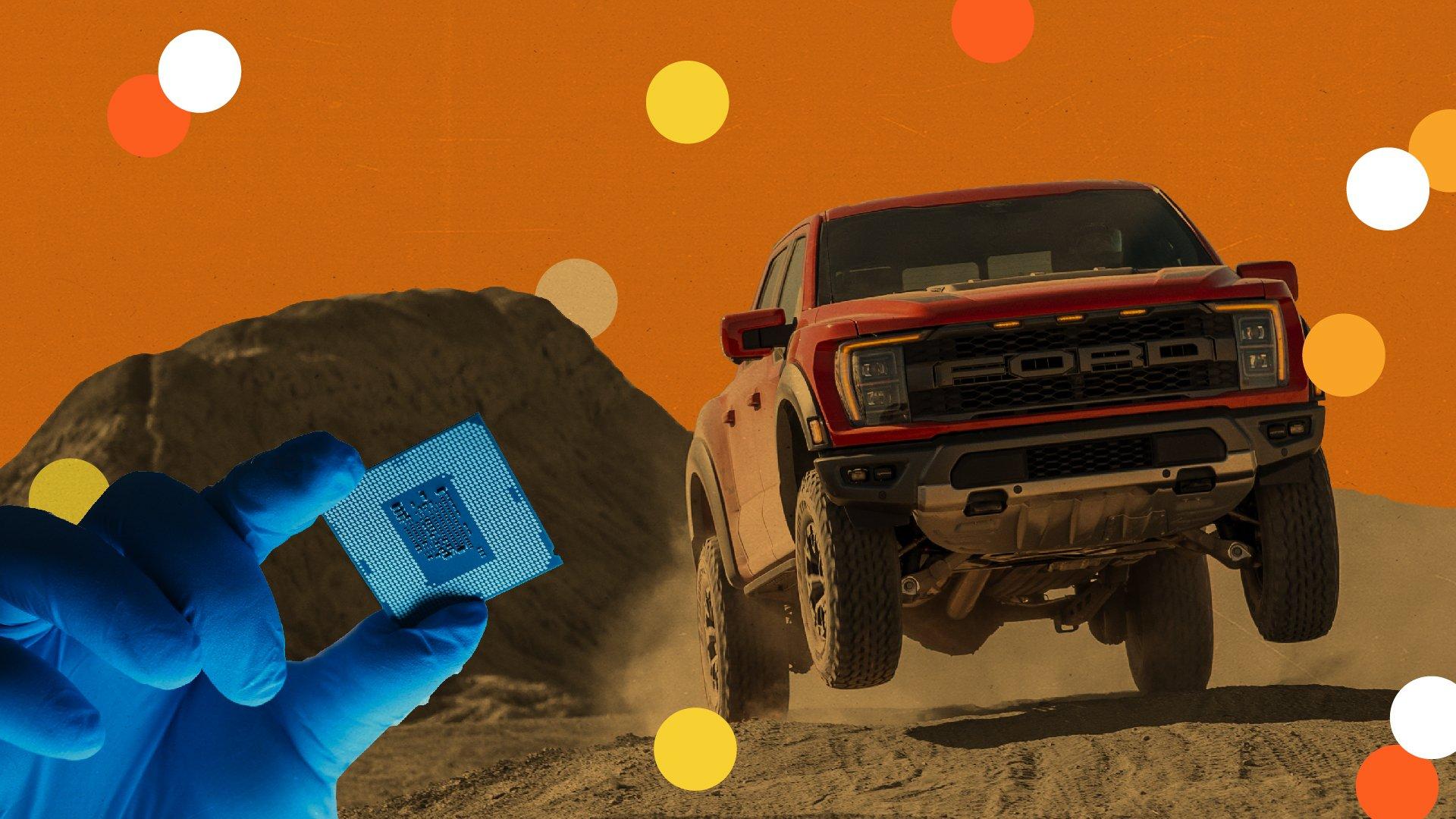Chip shortage drives auto advertising off road

Consumer demand for new cars is at its highest in three years, but a semiconductor shortage has prompted a shortage of vehicles. Automakers now find themselves in a similar situation with their marketing dollars.
A semiconductor shortage has car manufacturers making a U-turn with their ad dollars, driving them back to data-driven strategies deployed during the second quarter of last year, or when the pandemic first began to emerge.
Although vehicles are primarily built in a single location, the parts that put trucks like the Ford F-150 on the road are sourced through complex supply chains. And while most people associate semiconductors with iPhones or personal computers, they’re also a critical component for vehicles, especially as so-called infotainment systems have become more prevalent.
As a result, more than 25 different car models have lost at least 10,000 units of production due to semiconductor shortages this year. With consumer demand for new vehicles is at its highest level in three years, according to data from Polk Automotive Solutions by IHS Markit, this presents a unique challenge for automakers and their suppliers.
“It almost feels like a recurring nightmare with what’s happening because the [auto manufacturers] don’t know exactly what to do,” Joe Kyriakoza, VP and general manager of Polk Automotive Solutions by IHS Markit, tells The Current. “The reaction is similar to what we saw in the pandemic, where brands need to maintain their brand equity for the short term so they can connect the dots later and reengage consumers to get them excited again.”
IHS Markit owns the popular consumer-facing Carfax brand and has an automotive intelligence unit that has more than 30 years of vehicle purchase behavior, allowing it to glean all sorts of insights on both a macro and micro level in the automotive arena. Kyriakoza says in most cases, consumer loyalty with their current vehicle is about 50 percent. “These [auto brands] have a retention and conquest strategy because the loyalty rate is pretty consistent quarter-over-quarter and year-over-year,” says Kyriakoza. “But what we’re starting to see is a smaller erosion of loyalty that started to take shape around the second quarter of last year as a result of deal-seeking.”
A similar scenario is now playing out, where a lack of availability is driving consumers to different brands. “If you stop marketing to your consumers, you’re creating risk for your business in losing customers,” he says. “And that’s a big risk because it’s much more expensive to win those same customers back.”
Kyriakoza emphasized that the semiconductor shortage means most auto manufacturers may not meet consumer demand until the third or fourth quarter. The lack of available inventory—but need to advertise—means auto manufacturers are less likely to spend big money promoting vehicles they currently don’t have in stock during pricey commercials. Instead, they are likely to pivot to brand advertising and focusing on what’s on the lot.
“The next move these automakers are asking is, ‘what am I going to maintain? And how can I do that in a smarter fashion where it makes sense to target people who are actually looking to buy cars?’” he says. Brands are going to have “to focus on the vehicles they have available and continue to build brand equity and from a halo perspective, because they don’t want to lose customers or brand loyalty.”
—
The automotive industry is estimated to spend roughly $13.3 billion advertising in the U.S., up from about $11 billion in 2020, according to Statista data.